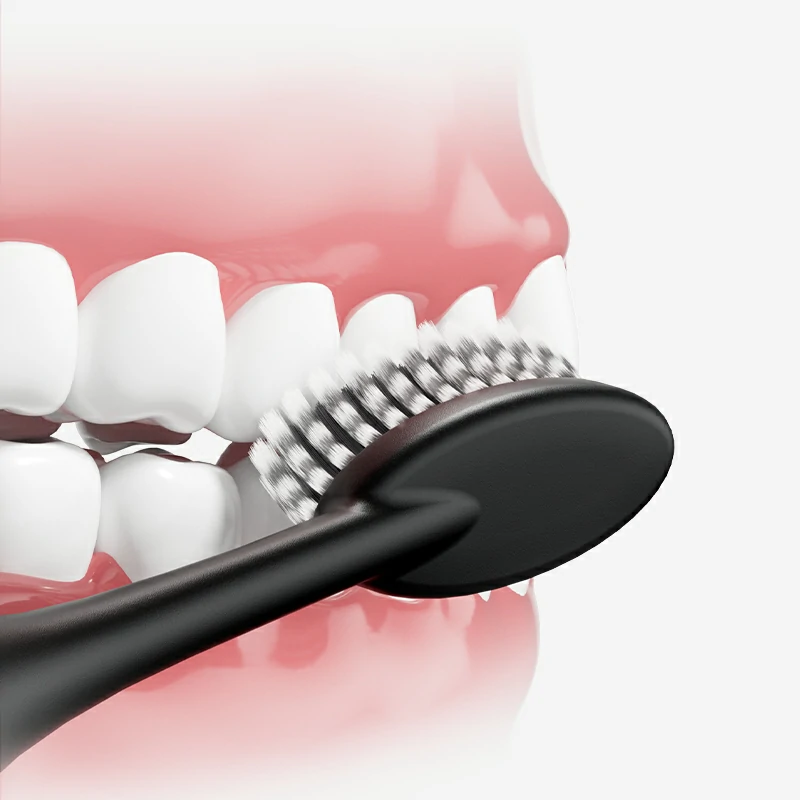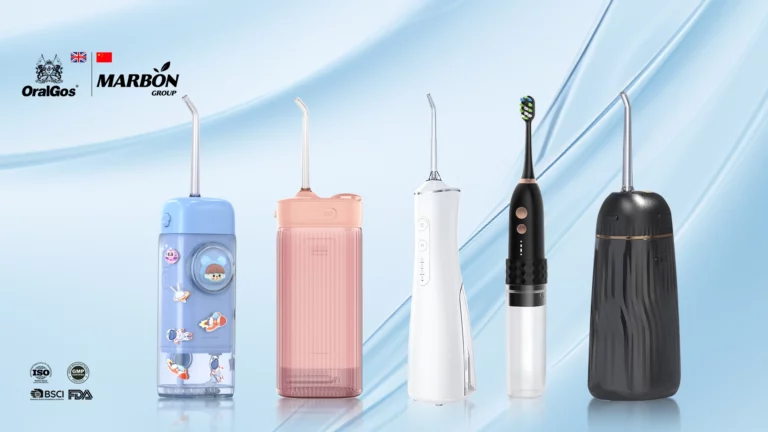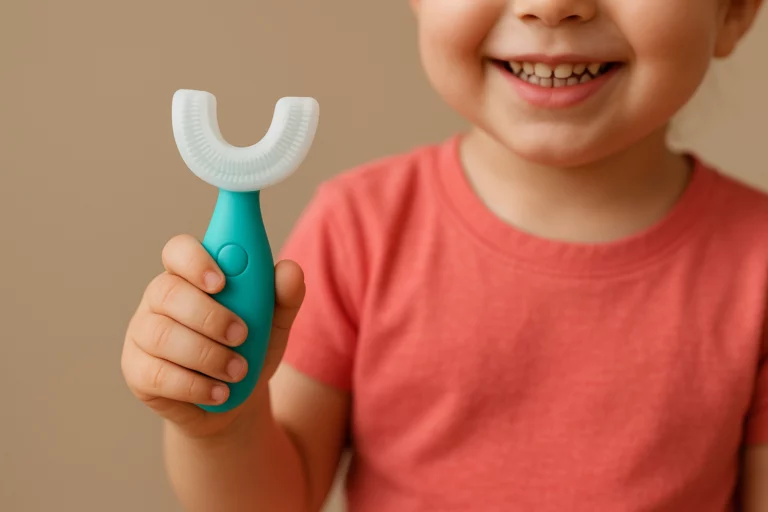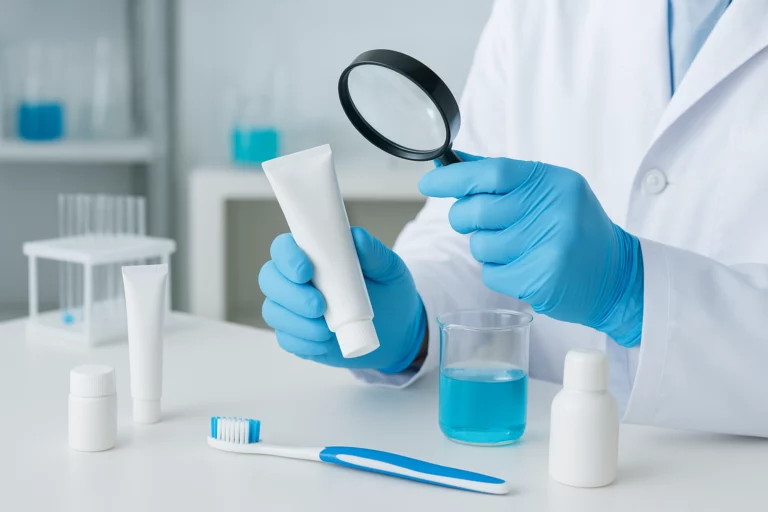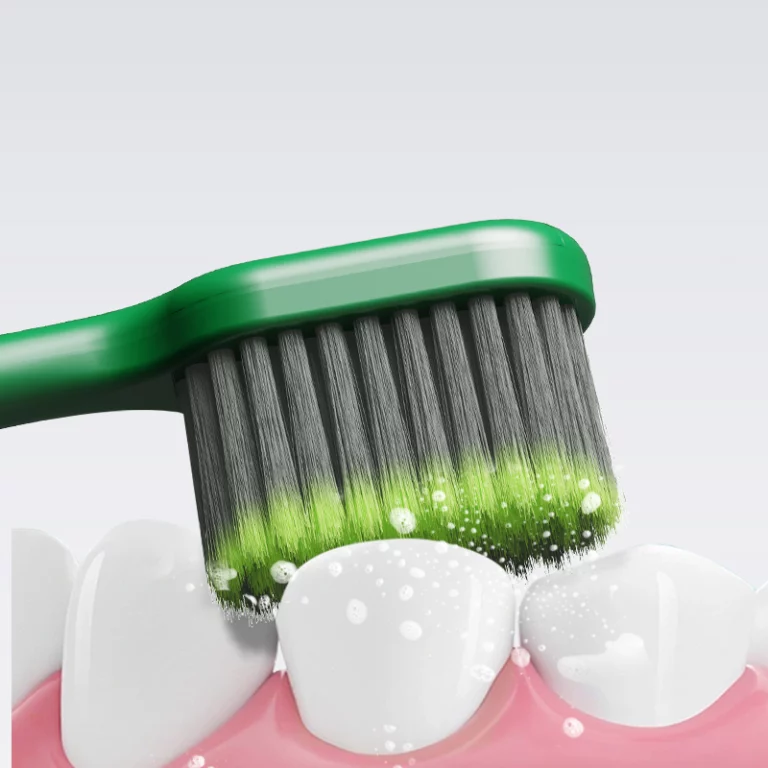When people think about dental hygiene, the first thought is often simple: brush your teeth after every meal. While this advice has value, it does not tell the full story. Even with regular brushing, bacteria between teeth can accumulate silently, leading to cavities, gum disease, and bad breath.
This article shows why brushing alone is not enough. It also explains how bacteria hide between teeth and what experts suggest for better protection.
Why Brushing After Meals Doesn’t Remove Bacteria Between Teeth

Most toothbrushes are designed to clean flat surfaces—front, back, and chewing areas of teeth. However, the narrow spaces between teeth are not easily reached by bristles, even when brushing with advanced sonic toothbrushes.
Research published by the American Dental Association shows that brushing alone removes only about 60% of dental plaque. The remaining plaque, often trapped between teeth, provides an ideal environment for bacterial growth.
This means that brushing after meals is helpful, but it leaves nearly half of the job unfinished.
How Bacteria Between Teeth Cause Cavities and Gum Problems
Acid Production by Interdental Bacteria
Plaque bacteria feed on food particles lodged between teeth, releasing acids that erode enamel. Over time, this can create cavities that are invisible until they progress.
Gum Inflammation Linked to Hidden Bacteria
When bacteria accumulate in interdental spaces, they inflame the gums. It often starts with gingivitis. Without treatment, it can develop into periodontitis, a disease that damages gums and bone tissue.
Bad Breath and Systemic Health Risks
Food debris between teeth decomposes, producing sulfur compounds. This is a leading cause of halitosis, even in people who brush twice daily. Studies show that untreated gum infections from bacteria between teeth raise the risk of heart disease. They can also increase the chance of diabetes.
Best Ways to Remove Bacteria Between Teeth at Home
Flossing to Eliminate Interdental Bacteria
Dental floss reaches areas where bristles cannot. It removes plaque, stimulates gum tissue, and reduces inflammation.
Water Flossers vs. Brushing for Bacteria Removal
Devices like OralGos Cordless Water Flosser offer an easy and effective way to flush out food particles. With strong yet gentle streams of water, they clean interdental areas thoroughly. Compared to brushing alone, adding a water flosser reduces interdental plaque by more than 50%.
Mouthwash to Reduce Bacterial Growth Between Teeth
Rinsing with a therapeutic mouthwash lowers the bacterial load, freshens breath, and supports daily plaque control.
Tools That Help Prevent Bacteria Between Teeth Build-Up
Interdental Brushes for Cleaning Tight Spaces
For people with larger gaps or orthodontic brackets, interdental brushes can be more effective than floss.
Sonic and Oscillation Toothbrushes vs. Interdental Bacteria
While sonic and oscillating toothbrushes improve surface cleaning, interdental spaces still need targeted cleaning tools. For more information on product innovations, you can explore our toothbrush OEM service page.
Myths About Bacteria Between Teeth and Oral Hygiene
“Brushing harder cleans better.”
In fact, brushing too hard can erode enamel and harm gums without reaching bacteria between teeth.
“Mouthwash can replace flossing.”
Mouthwash reduces surface bacteria but cannot mechanically remove plaque stuck between teeth.
“Electric toothbrushes eliminate the need for flossing.”
While advanced toothbrushes improve cleaning, interdental bacteria still need extra care.
Professional Check-Ups to Control Bacteria Between Teeth
Even with excellent home care, tartar buildup between teeth may require professional cleaning. Dentists use scaling tools to remove hardened deposits and check for early signs of gum disease.
Skipping regular check-ups means bacteria between teeth can progress unnoticed. Dental associations worldwide strongly recommend a six-month visit.
Final Thoughts: A Complete Routine for Healthy Smiles
Brushing after meals is a good habit, but it is not enough to protect against bacteria between teeth. To keep your mouth healthy long-term, brushing alone is not enough. You also need flossing, interdental cleaning, water flossing, and regular check-ups.
A healthy smile depends on more than surface care—it requires attention to the hidden spaces where bacteria thrive. By addressing these areas, both consumers and oral-care brands can prevent disease and promote lasting dental wellness.

